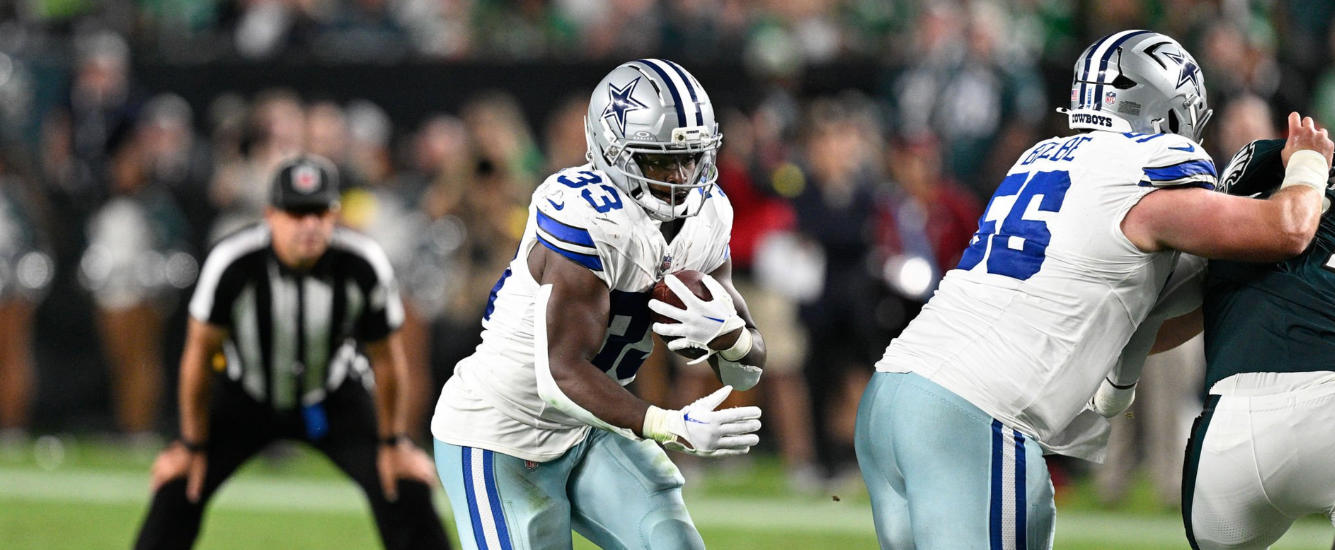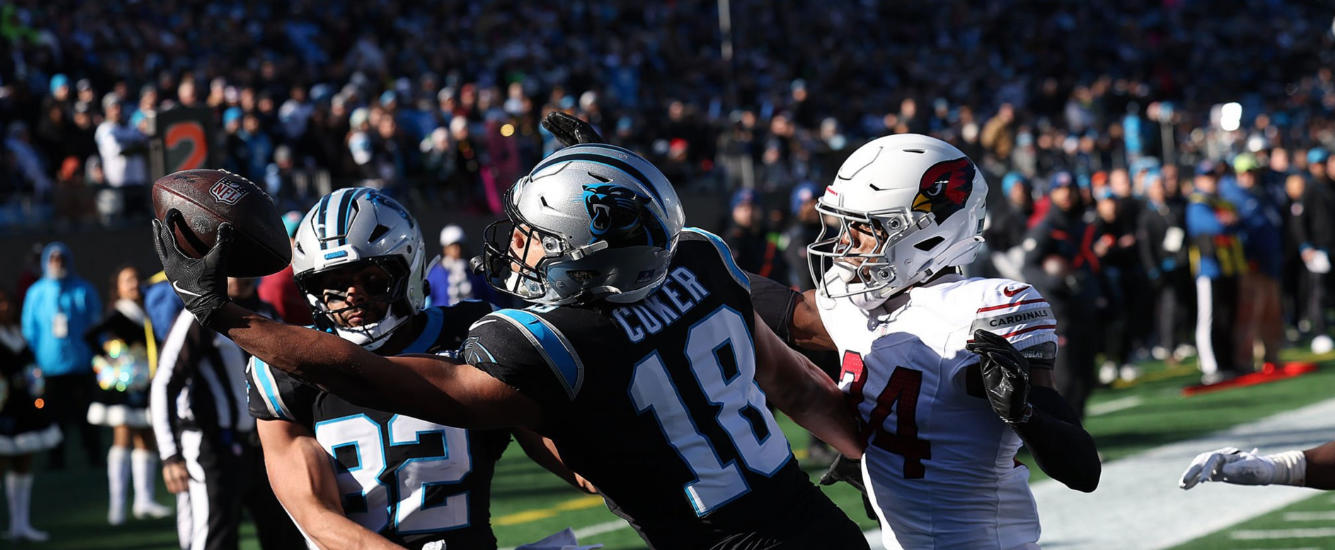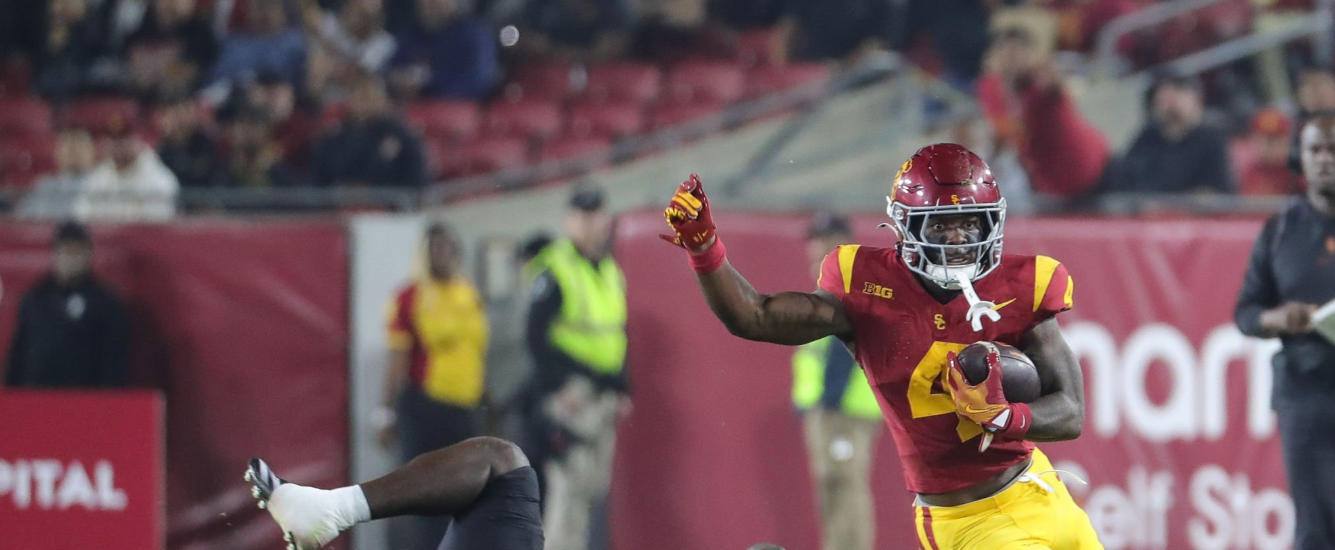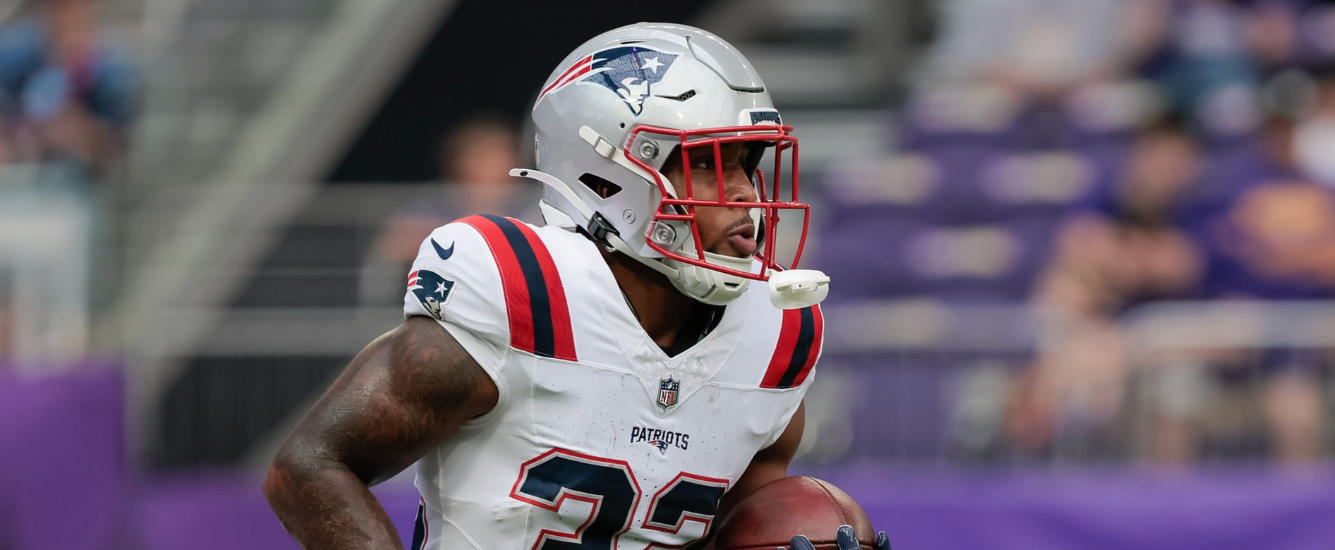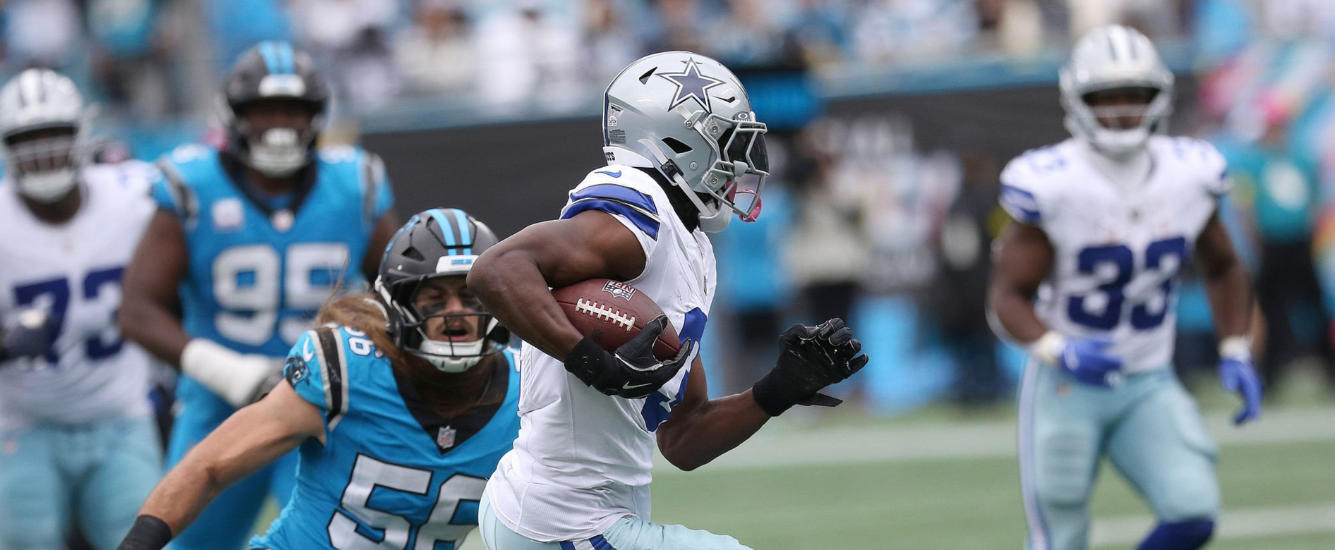Tre Harris had one of the most impressive statistical profiles of any wide receiver to enter the draft in the past several years. However, once we get past the stats, there are some definite causes for concern. Led by perpetual optimist Jim Harbaugh, the Chargers chose to look past the potential red flags and selected Harris with the 55th overall pick in the second round of this year’s draft.
Will Harris pay off the Chargers’ faith by carrying his efficiency over to the NFL, or will his lofty college statistics prove to be more style than substance?
Tre Harris’ NFL Comps
Harris started off his college career at Louisiana Tech before transferring to Ole Miss for his redshirt junior season. From 2022 onward, Harris never had a receiving dominator rating below 31%. Harris’ average of 14.3 yards per reception (YPR) during his time at Louisiana Tech was by no means low, but his numbers jumped to 17.8 YPR in his two seasons at Ole Miss.

Unfortunately, Harris dealt with a hip injury in 2024 that caused him to miss five games in the middle of the season after exploding out of the gate for 1,000 receiving yards through seven games. He tried to return against Florida at the end of the year but reaggravated the injury, which ultimately led to him missing the Rebels’ final game of the season against Mississippi State.


Harris’ insane 5.2 yards per route run (YPRR) in 2024 is more than a full yard higher than any player to get drafted over the past two years, with Malik Nabers‘ 3.9 YPRR in 2023 being the closest. Harris’ 148.2 receiver rating from 2024 is also impressive, only being surpassed by his teammate Jordan Watkins last season. The fact that two players with bloated receiver ratings came from the same Lane Kiffin offense is cause for skepticism about how much credit should be attributed to the players versus the scheme.
However, Harris was able to put some positives on tape that are easier to attribute to his own skill, namely some solid yards after contact and evasion numbers. While he did see a dip in his 25.9% evasion rate (EVAS%) and 4.3 yards after contact per reception (YACON/R) numbers from 2023, his 18.3% EVAS% and 2.6 YACON/R in 2024 were still decent.
If we want to look for areas of improvement, reliability would be a good place to start. It is hard to describe Harris’ 78.0% on-target catch percentage (OTC%) from 2023 as anything other than terrible. He was able to climb to a more respectable 89.6% OTC% in 2024, but also saw his drop percentage nearly double to 7.2% after coming in at 4.0% the previous year.
Harris was able to return from his hip injury to participate in the combine. While his numbers weren’t bad, his athletic comparisons in the Prospect Workout Explorer are far from inspiring.

